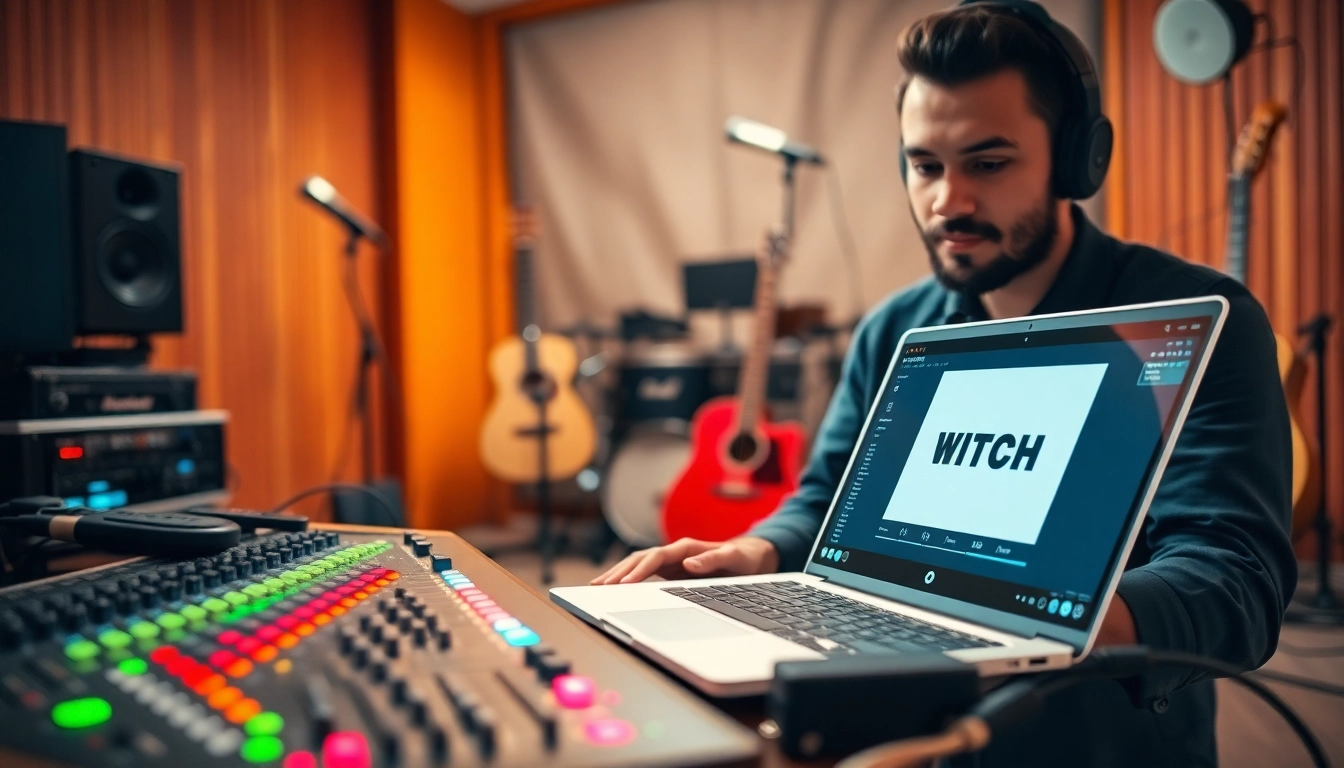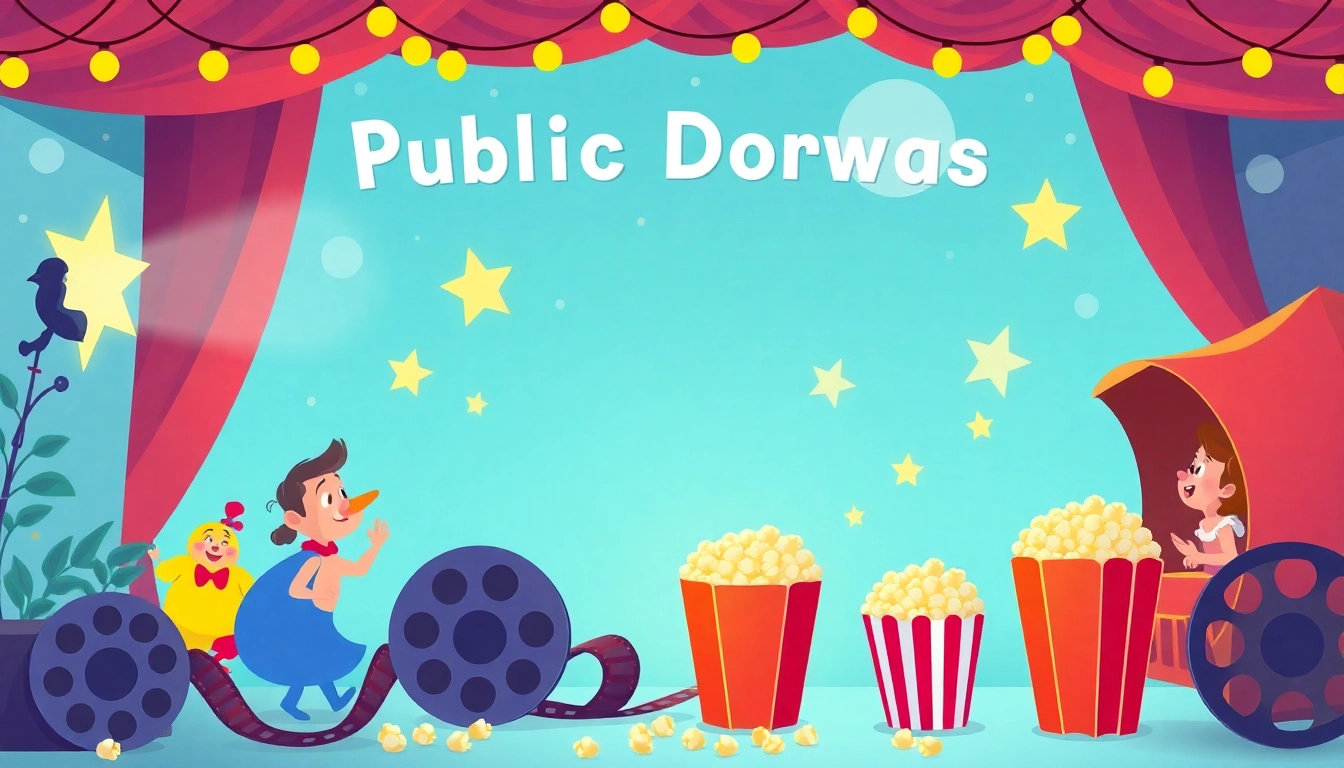Understanding Music Pitching
What is Music Pitching?
Music pitching is the process of presenting your music—whether it’s a single, an EP, or an album—to curators, labels, producers, and other industry professionals in the hopes of getting it heard and distributed. This segment of the music industry consists of promotional pitches that typically involve reaching out to playlist editors on streaming platforms like Spotify, as well as submitting music to blogs and radio stations. For independent artists, effectively navigating the music pitching landscape can be a crucial step toward gaining traction and building a career in music.
The Importance of Music Pitching
In today’s digital age, where streaming services dominate music consumption, the art of pitching your music has never been more important. Curated playlists can exponentially increase a song’s reach, leading to more streams, downloads, and audience engagement. Successful pitching can lead to placements on high-visibility playlists, which can significantly impact an artist’s career trajectory. Furthermore, pitching strategizes an artist’s visibility in front of curators and influencers, paving the way for broader marketing opportunities and commercial partnerships. Embracing a dedicated approach to music pitching empowers musicians to gain leverage in a highly competitive market.
Common Misconceptions about Music Pitching
Despite its significance, there are several misconceptions surrounding music pitching. One prevalent myth is that music pitching is only for signed artists or those with an established fanbase. In reality, independent artists can successfully pitch their tracks by using tailored strategies that suit their unique artistic identity. Another misconception is that pitching is a one-time effort. In truth, effective pitching is an ongoing process that requires regular updates, networking, and relationship building to maintain relevancy in the ever-changing music landscape.
Preparing Your Music for Pitching
Creating a Compelling Demo
The cornerstone of an effective pitch is a professionally produced demo. To create a compelling demo, artists should focus on capturing their unique sound and style. Here are some key steps to consider:
- Quality Production: Ensure the recording quality is high. Poor quality can immediately dismiss your pitch, regardless of the song’s potential.
- Song Choice: Select the songs that best showcase your abilities. Opt for those you believe have the highest commercial potential or best fit the target audience.
- Length: Keep your demo brief, ideally under three minutes. It should showcase the essence of the track and engage listeners without losing their attention.
Ultimately, the demo should encapsulate the artist’s vision while aligning with the needs of the platforms being pitched to. A strong demo is an essential door-opener for captivating the attention of playlist curators and music bloggers alike.
Writing an Effective Pitch Letter
An effective pitch letter serves as your introduction to curators and industry professionals. It should be concise, engaging, and informative. Follow these guidelines to craft a successful pitch letter:
- Personalization: Address each recipient by name and customize your letter to reflect your understanding of their platform and what they curate.
- Engagement: Start with a captivating hook that summarizes your music’s essence. Avoid lengthy introductions; get straight to the point.
- Include Key Info: Mention relevant details like previous placements, press coverage, or notable performances to establish credibility.
- Call to Action: End with a gentle prompt, such as inviting them to listen to your song or visit your website for more information.
An effective pitch letter is more than just a formality; it’s an opportunity to establish rapport and make a memorable first impression.
Choosing the Right Platforms for Pitching
Selecting the appropriate platforms for your music pitch is crucial in reaching the intended audience. Consider the following:
- Streaming Services: Focus on platforms like Spotify, Apple Music, and YouTube. Each has its own submission guidelines that should be followed meticulously.
- Blogs and Online Publications: Target music niches that align with your genre. Research to find editors who cover similar sounds.
- Social Media and Personal Networks: Utilize platforms like Instagram and Facebook to connect with tastemakers and influencers.
Strategically choosing where you pitch can increase the likelihood of your music being heard and considered for placement. Tailor your approach to fit the specific requirements of each platform.
Strategies for Successful Music Pitching
Identifying Your Target Audience
Knowing your audience is paramount in music pitching. The music industry is diverse, and understanding who resonates with your sound will guide your pitching strategy. Conduct research to identify:
- Demographics: Age, location, and interests of your ideal listeners.
- Genre Preferences: Identify other artists and playlists that are similar to yours.
- Listening Habits: Understand how and where your audience consumes music—be it through streaming, radio, or live performances.
By comprehensively defining your target audience, you can tailor your pitches more effectively and significantly increase your chances of successful placements.
Networking and Building Relationships
In the music industry, relationships are key. Networking is not just about making connections; it’s about cultivating them. Here are some effective means to build and maintain relationships with music curators and industry professionals:
- Attend Industry Events: Participate in music conferences, showcases, and local gigs to meet peers and influential figures.
- Engage on Social Media: Follow and interact with curators and influencers on platforms like Twitter and Instagram by sharing their posts, commenting, or participating in discussions.
- Collaborate with Other Artists: Working with artists who may have established networks can introduce you to new contacts and opportunities.
Building a strong network takes time but is invaluable. These relationships can result in informed feedback, potential collaborations, and support for your music pitching endeavors.
Utilizing Social Media for Effective Pitching
Social media is an essential tool in music pitching today. Here’s how to make the most of it:
- Content Creation: Share behind-the-scenes footage, music snippets, or personal stories to build a connection with your audience.
- Audience Engagement: Interact with your followers regularly. The more engaged your audience, the more likely curators will notice your efforts.
- Direct Messaging: If appropriate, use DMs to introduce yourself and your music to playlist curators or influencers, ensuring that you keep it polite and concise.
Using social media thoughtfully can broaden your reach and improve the chances of curators discovering your work organically.
Navigating Common Challenges in Music Pitching
Handling Rejections Professionally
Rejections are a significant part of the pitching process. Handling them professionally can affect your long-term success. Consider these approaches:
- Maintain Professionalism: Always respond graciously, thanking the recipient for their time and consideration. A professional demeanor can leave a lasting impression and open doors in the future.
- Seek Feedback: If possible, request feedback to understand the reasons behind the rejection. Constructive criticism can provide insights for improvements.
- Keep Trying: Remember that many successful artists faced rejection before breaking through. Persistence is key in the music industry.
Dealing with Competition
Competition is inherent in the music industry. To stand out, focus on your unique selling points. Here are a few strategies:
- Refine Your Sound: Continuously work on developing a distinctive sound to set yourself apart from others.
- Build a Personal Brand: Create a cohesive visual and musical identity that resonates with your target audience.
- Utilize SEO Strategies: Implement SEO best practices in your online presence to make it easier for listeners and curators to discover you.
Staying Motivated and Persistent
The journey of a musician can be filled with ups and downs. Here are some effective ways to maintain motivation:
- Set Achievable Goals: Break down your music career into smaller, attainable goals, such as completing a song, submitting to a specific number of playlists, or building a social media following.
- Connect with Fellow Artists: Form a community with fellow musicians to share experiences, provide support, and encourage each other through challenges.
- Celebrate Small Victories: Take time to celebrate any achievements, whether it’s a successful pitch, receiving positive feedback, or improving your craft.
By nurturing a positive mindset and creating a support system, you can better navigate the challenges ahead.
Measuring Success in Your Music Pitching Efforts
Key Performance Metrics to Track
Success in music pitching requires an analytical approach. Here are some important metrics to evaluate:
- Playlist Placements: Track which playlists your songs get featured on and the duration of their stay.
- Stream Counts: Monitor your streaming numbers post-pitch to assess the impact of placements.
- Engagement Metrics: Analyze social media engagement and online interactions to gauge fan response.
Adjusting Strategies Based on Feedback
Feedback is crucial for evolving your music-pitching strategy. Here’s how to implement adjustment measures:
- Analyze Feedback: Review feedback from curators and listeners to identify common themes in both positive and negative responses.
- Revise Your Approach: Make necessary changes to your pitch letter, demo, or targeted platforms based on the insights gained.
- Experiment: Use A/B testing by altering elements of your pitches to determine what resonates best with your audience and curators.
Long-term Benefits of Successful Music Pitching
Successful music pitching can yield ongoing benefits, including:
- Increased Visibility: Prominent placements deepen your reach and introduce your music to new fans.
- Industry Connections: Building a reputation may facilitate collaborations, sponsorships, and further pitch opportunities in the industry.
- Sustainable Growth: A successful pitching strategy can establish a foundation for a long-lasting career in the music sphere.



